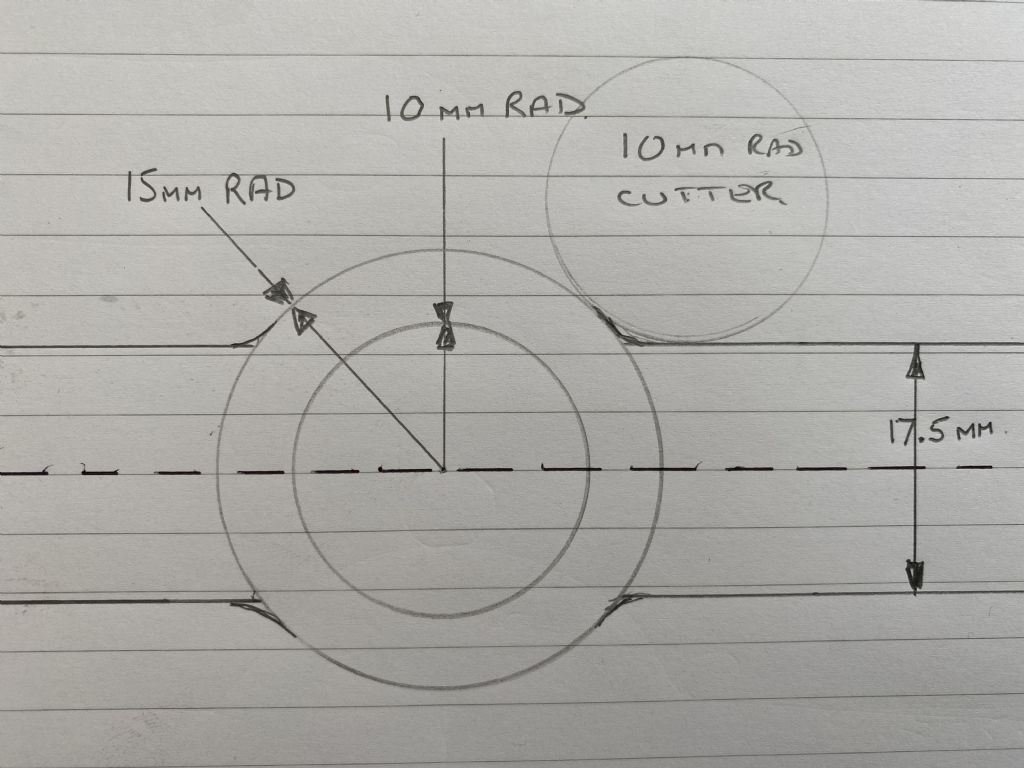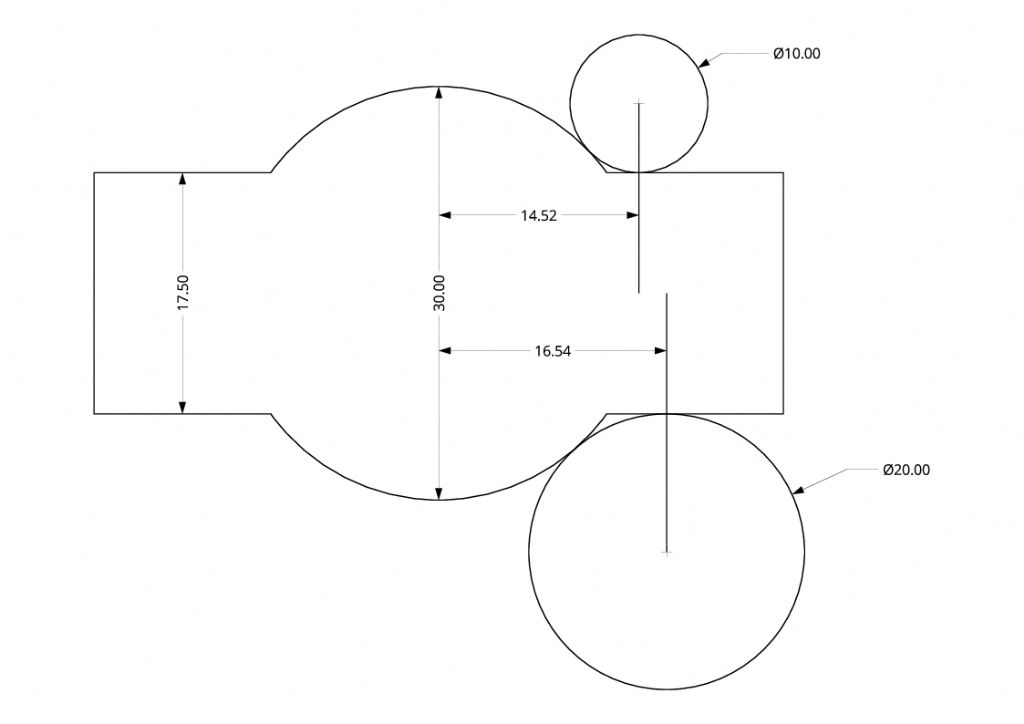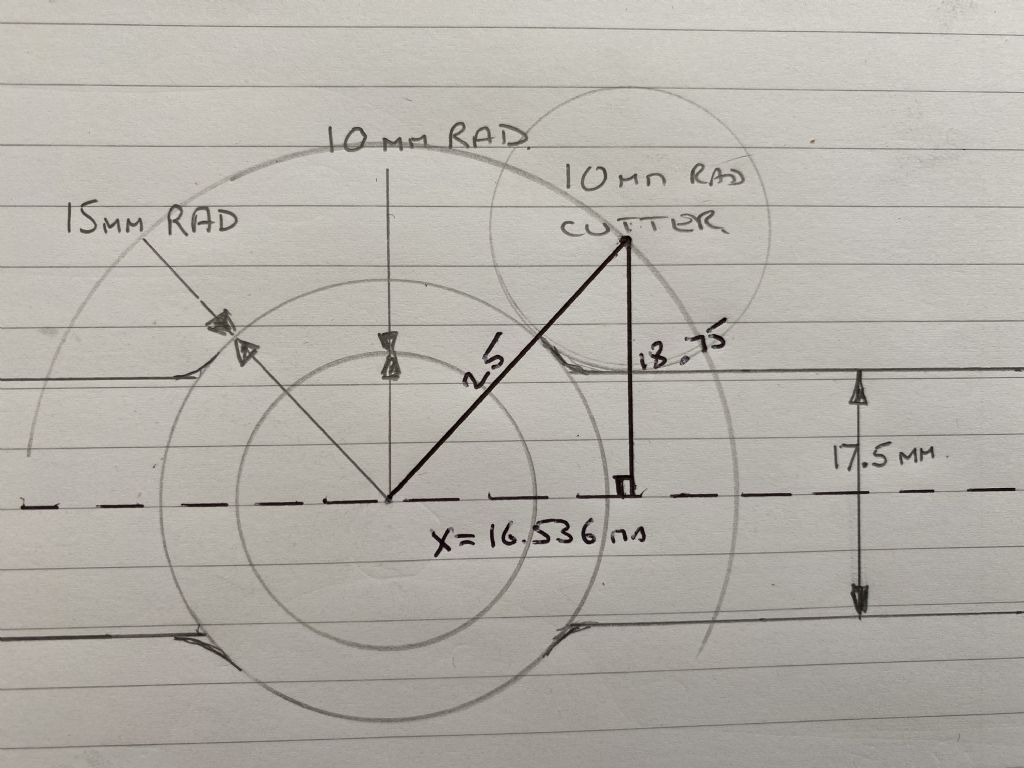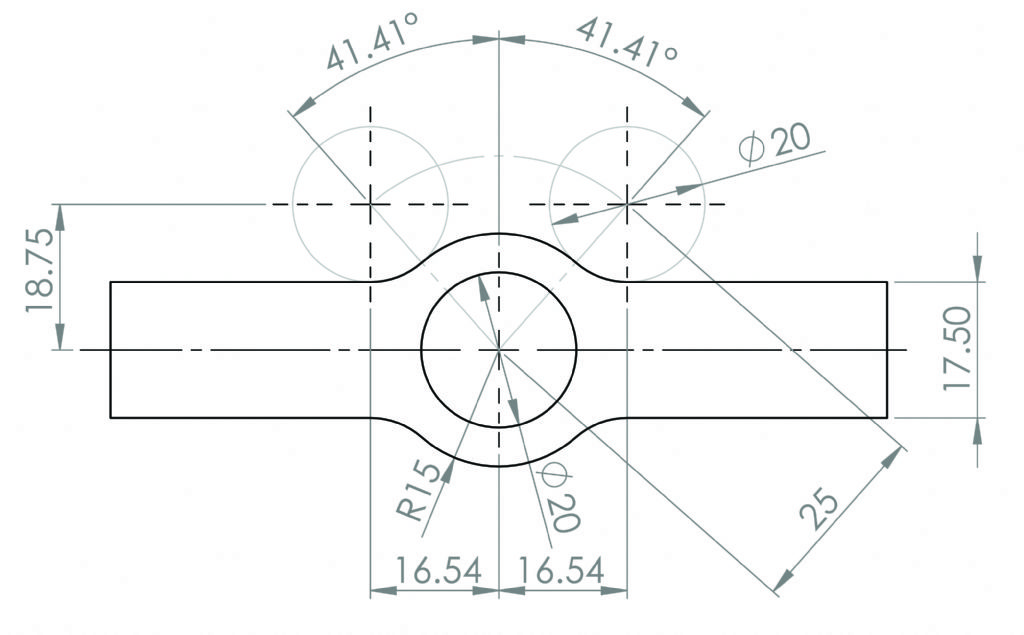Machining Radius
Machining Radius
- This topic has 12 replies, 6 voices, and was last updated 9 August 2021 at 03:18 by
Paul Lousick.
Viewing 13 posts - 1 through 13 (of 13 total)
Viewing 13 posts - 1 through 13 (of 13 total)
- Please log in to reply to this topic. Registering is free and easy using the links on the menu at the top of this page.
Latest Replies
Viewing 25 topics - 1 through 25 (of 25 total)
-
- Topic
- Voices
- Last Post
Viewing 25 topics - 1 through 25 (of 25 total)
Latest Issues
Newsletter Sign-up
Latest Replies
- Sieg KX3 USB
- Lurker looking to help somone
- Spring material advice needed
- What Did You Do Today 2025
- Discussion on the Future Direction of Model Engineer and Workshop
- Internal thread & taper in same hole
- Adhesive/cement required for a ceramic insulator
- Bars for Boring Head
- Subscriptions – Going Forward
- Mill Power feed unit.









